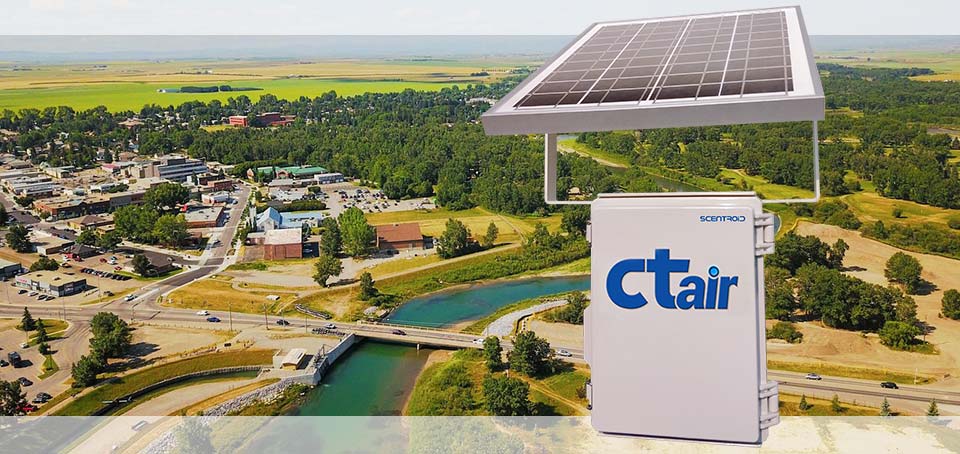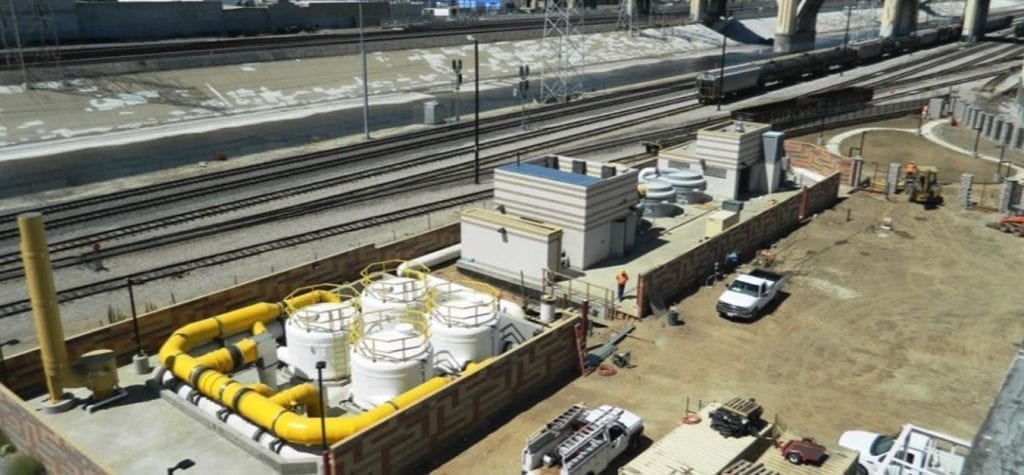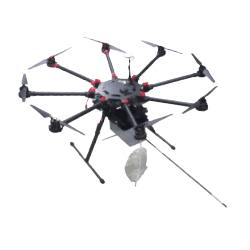Scentroid CTair: Enhancing Odour Monitoring in High River, Alberta
It brings us great pleasure to inform you that the NRCB has successfully installed the Scentroid CTair device in the town of High River to tackle persistent odour issues. At Scentroid, we pride ourselves on being a top-tier provider of innovative environmental solutions. Our advanced technology aims to transform the way the community detects and […]
Scentroid CTair: Enhancing Odour Monitoring in High River, Alberta Read More »




